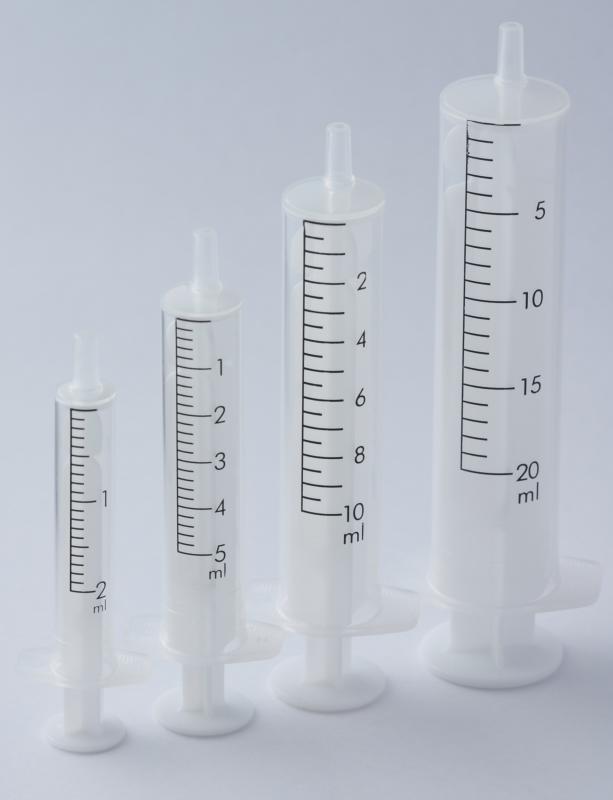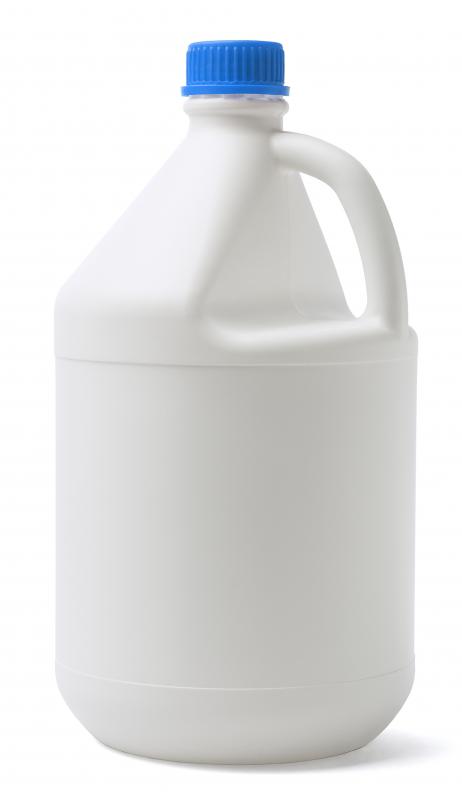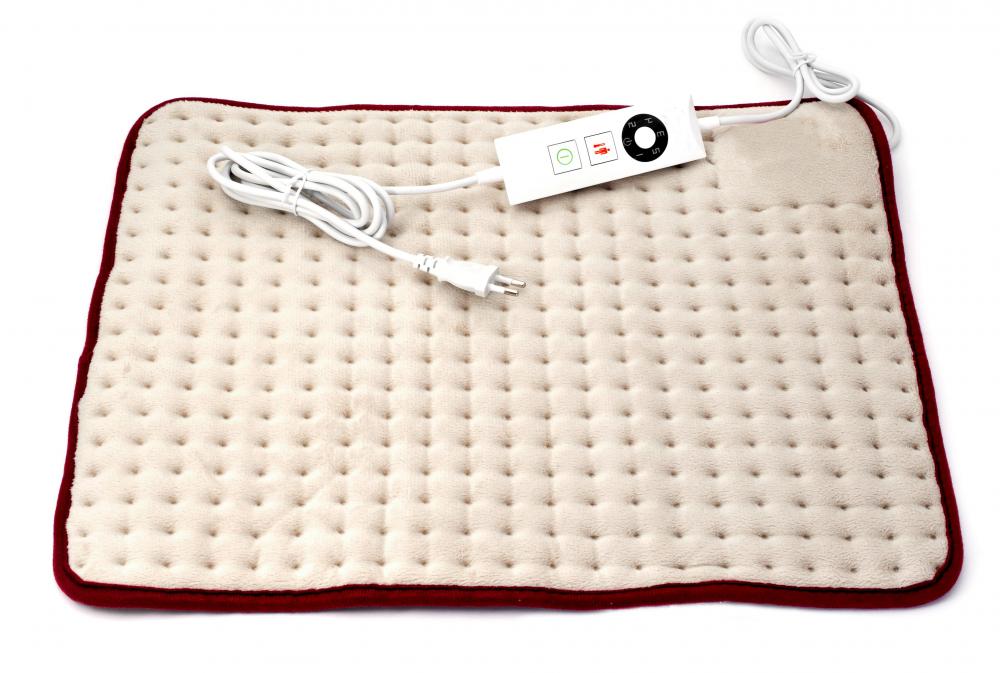How Do I Care for a Baby Finch?
Finch owners breeding young birds at home should generally let the family interact as they would in the wild, because, as long as the parents are healthy, the babies should be also. Human care is typically only needed if the chicks are orphaned or if the parents reject them. When caring for a baby finch, the owner must regulate the chick's environment, prepare a rigid feeding schedule, and observe very strict hygiene. Handling a baby finch must also be done with the utmost care.
Well-fed parent finches kept in a clean cage can generally give a baby finch everything it needs. The parents will process food in their gullets so the chick can digest it. The mother and father birds will also typically take turns sitting on the nest to keep it warm. If the owner notes signs of illness in the parent or baby birds, he or she should contact a veterinarian immediately. Trying to wait out the problem or treat it without professional help could result in losing the entire finch family.

In some cases, stressed finches may refuse to feed their chicks or perish from having weak constitutions. The owner must move the chicks to a brooding box immediately if this happens. A deep, clean plastic food container lined with an electric heating pad should work well for this purpose. The pad should be on medium-low heat and covered by about .25 inch (about .5 cm) of soft, clean cloth. Several clean towels or small blankets usually work well.

Owners may also warm the brooding box with a grow light set about 8 inches (about 16 cm) above the bottom of the inside of the box. A commercial chick incubator is also an option. In any of these cases, the starting temperature of the box for freshly hatched finches should be about 93°F (about 33°C). The owner should reduce the heat by about five degrees every two weeks or so until the birds are fully feathered and can feed themselves.

Many pet stores, both locally and online, sell food formulated specifically for baby finch digestive systems. Owners should carefully follow the mixing and feeding schedule recommended on the packaging, or by a veterinarian. When caring for a baby finch, feeding must be done with a feeding syringe. Hungry babies will typically chirp and hold their mouths open. Food may be gently dripped into the mouth until the small yellow sac, or crop, below the baby finch’s beak becomes visible. Excess food that gets on the finches’ beaks or bodies must be gently wiped away with a soft cloth.

Babies often need to be fed every two to three hours, especially on the first day. By the end of the first week, feedings may be done every four hours. During each stage of growth, the finch formula is usually mixed with different amounts of children's vitamin water or distilled water to give the finches the proper amount of nutrients. The vitamin water may only be part of the chicks’ diet for up to three days. After that, slightly warmed water should work well.
The formula should be almost liquid for the first four days of feeding, followed by a gravy-like consistency until the birds grow their adult feathers. When the finches are nearly ready to feed themselves, the food should be the consistency of runny yogurt. The finches should be weaned when their true feathers begin to appear.
Each feeding during the weaning stage should start with a small amount of syringe-feeding, followed by an introduction to adult finch food. The birds should be able to smell the food and peck at it to learn to eat it, however the owner may have to gently place the birds next to the food to show them what it is. When they begin eating adult food on their own, they generally no longer need formula.
Those caring for baby finches must boil all of the feeding equipment in distilled water treated with a few drops of bleach. This must be done after each feeding. The owner must also wash his or her hands with unscented antibacterial soap before and after handling the chicks. If the chicks begin to look swollen around the chest and belly, or do not show interest in food, the owner should contact a veterinarian right away. These symptoms could indicate illness.
AS FEATURED ON:
AS FEATURED ON:














Discussion Comments
We found a newborn baby finch on our driveway. It was nothing but a teeny weeny piece of flesh, eyes closed, zero feathers. We think a crow dropped it because there was no nest around. We fed it with juice from a can of dog food on the end of a toothpick for a day, until we got the yellow powder stuff from the pet store. Then we used an eyedropper.
We kept our baby in a shoe box in a bunch of soft toilet tissue pieces and fed it every two hours around the clock. To everyone's utter amazement, it thrived and it is the most beautiful, happy, playful member of the family. Good luck!
Post your comments